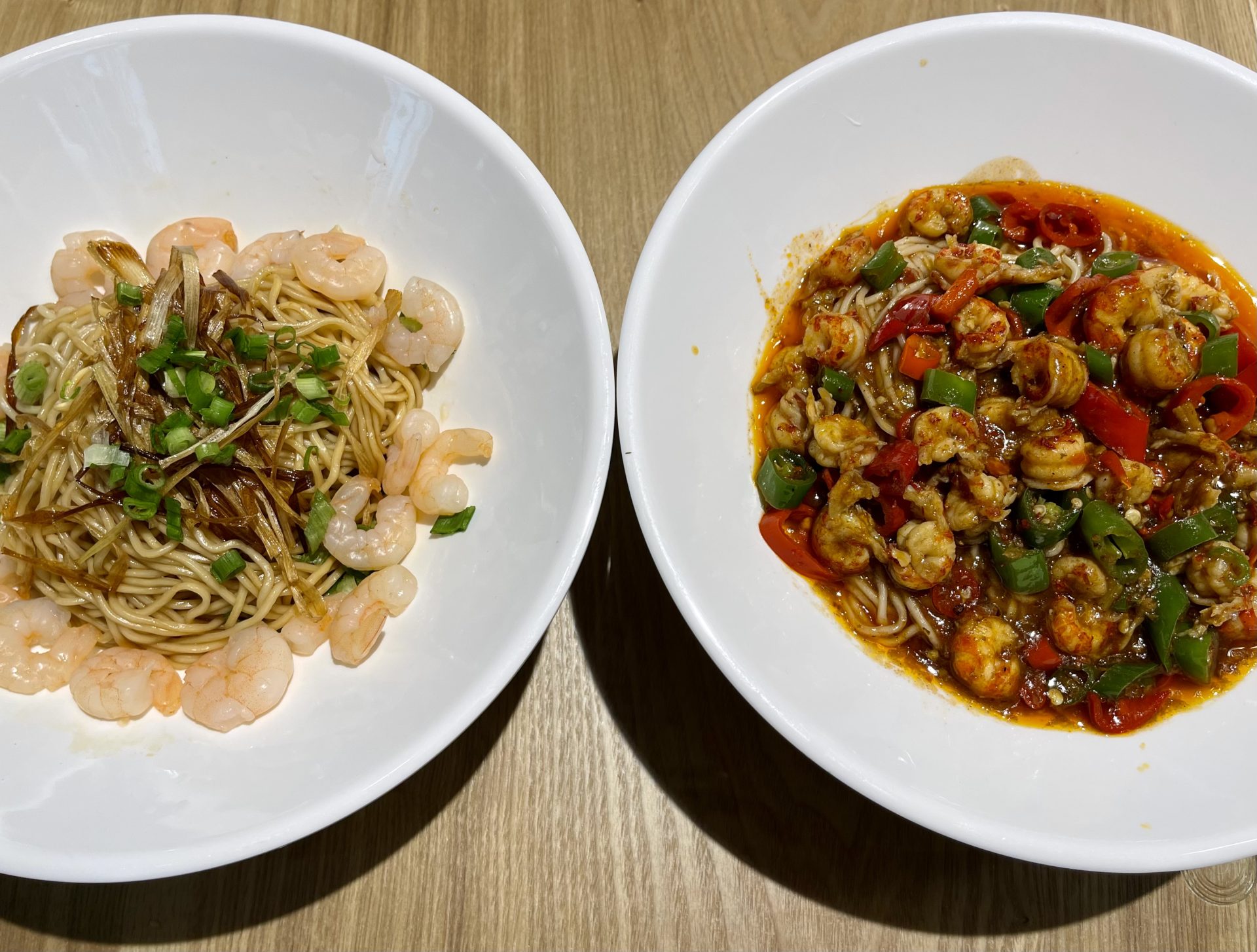Noodle Recall: What You Need To Know About The Recent Food Safety Issue
Noodle recall has become a crucial topic of discussion among consumers, food manufacturers, and regulatory agencies in recent months. With increasing incidents of food safety issues, understanding the implications of noodle recalls is vital for everyone involved. In this article, we will explore the recent noodle recall events, their impact on public health, and what consumers should be aware of to stay safe.
As we navigate through this intricate topic, we aim to provide you with comprehensive insights and recommendations. Our goal is to equip you with the knowledge needed to make informed decisions regarding noodle products and food safety in general. Let's begin by exploring the background of noodle recalls and their significance.
Table of Contents
- What is Noodle Recall?
- Recent Cases of Noodle Recall
- Causes of Noodle Recall
- Impacts on Consumers
- Public Health and Safety
- Regulatory Agencies' Response
- What Consumers Can Do
- Conclusion
What is Noodle Recall?
Noodle recall refers to the process of removing noodle products from the market due to safety concerns. This could involve contamination, mislabeling, or other issues that may pose a risk to consumers. Recalls are typically announced by manufacturers in cooperation with regulatory agencies, and they aim to protect public health by ensuring that unsafe products do not reach consumers.
In recent years, the increase in noodle recalls has raised awareness about food safety practices. Various factors contribute to these recalls, including production errors, ingredient sourcing, and quality control measures. Understanding what constitutes a noodle recall is essential for consumers who want to ensure their food choices are safe.
Recent Cases of Noodle Recall
Numerous noodle recalls have occurred globally, each with its own unique circumstances. Here are some notable cases:
- Brand A Noodle Recall (Date): Due to contamination with a harmful bacteria.
- Brand B Noodle Recall (Date): Mislabeling issues leading to potential allergens not being disclosed.
- Brand C Noodle Recall (Date): Presence of undeclared ingredients that could pose health risks.
These cases exemplify the potential dangers associated with noodle products and emphasize the importance of food safety protocols.
Causes of Noodle Recall
There are several reasons why noodle products may be recalled. Understanding these causes can help consumers stay informed and vigilant:
Contamination
One of the leading causes of noodle recall is contamination with harmful bacteria such as Salmonella or E. coli. These contaminants can occur during the production process, affecting the safety of the final product.
Mislabeling
Mislabeling can also lead to recalls, especially when allergenic ingredients are not properly disclosed. This poses a significant risk to consumers with food allergies.
Production Errors
Production errors, including incorrect ingredient ratios or improper cooking methods, can compromise the safety and quality of noodle products.
Impacts on Consumers
The impacts of noodle recalls on consumers can be substantial. When a recall is announced, consumers may experience the following:
- Health Risks: Consuming contaminated noodles can lead to serious health issues.
- Financial Loss: Consumers who purchased recalled products may face financial loss due to the need to discard the products.
- Trust Issues: Frequent recalls can lead to a loss of trust in brands and the food industry as a whole.
Public Health and Safety
Public health agencies play a critical role in monitoring food safety and responding to recalls. Their efforts aim to minimize health risks associated with contaminated or unsafe food products. When noodle recalls occur, these agencies work swiftly to inform consumers and provide guidance on safe practices.
Education on food safety is essential for consumers, helping them understand how to handle, prepare, and store noodles safely. This knowledge can significantly reduce the risk of foodborne illness.
Regulatory Agencies' Response
Regulatory agencies, such as the Food and Drug Administration (FDA) in the United States, are responsible for overseeing food safety standards. When noodle recalls occur, these agencies take immediate action to investigate the situation and communicate with consumers.
They may issue public warnings, provide guidance on returning or disposing of recalled products, and implement measures to prevent future occurrences. Consumers should stay informed about these regulatory updates to ensure their safety.
What Consumers Can Do
As consumers, there are several steps you can take to protect yourself from the risks associated with noodle recalls:
- Stay Informed: Regularly check for updates on food recalls from reliable sources.
- Read Labels: Always read product labels carefully to identify potential allergens.
- Report Issues: If you experience adverse reactions after consuming noodle products, report it to the appropriate authorities.
Conclusion
In conclusion, understanding noodle recalls is vital for ensuring food safety and protecting public health. With increasing incidents of recalls, consumers must stay informed and aware of the potential risks associated with noodle products. By following safety guidelines and being proactive, we can contribute to a safer food environment for everyone.
We encourage you to leave your comments or share your experiences regarding noodle recalls. Your feedback is valuable in creating a community focused on food safety awareness.
Call to Action
For more information on food safety and recalls, visit reputable sources such as the FDA or your local health department. Stay safe and informed!
Understanding Ramen And The Risks Of Deadly Bacteria
Understanding Desmond Doss: A Hero Of Faith And Courage
Understanding Instant Noodles Recall: What You Need To Know


